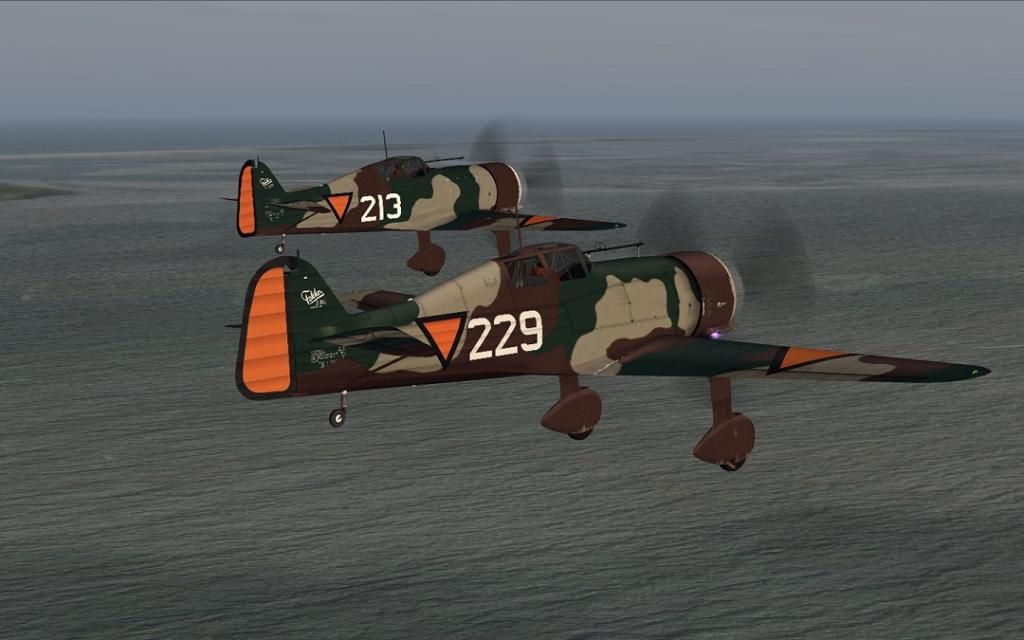Before the war Henk van Overvest was an instructor with the KLM (Royal Dutch Airlines) and a reserve pilot with LVA (Army Aviation section). When war became unavoidable the the Dutch mobilised their army and Henk was assigned to 1e JaVa (first fighter section). The Netherlands tried to stay out of the was as they had managed to do in the WWI. This meant that the Netherlands had to defend their neutrality. After Great-Britain declared war to Germany in September 1939, both parties violated the Dutch borders. 1ste JaVa was moved to from Schiphol airport near Amsterdam to Eelde airfield in the north-east of the Netherlands. Here Henk had his first contact with foreign aircraft which had croosed the Dutch borders.
Of the many incidents Henk's contact with a Dornier Do.18 is worth mentioning. On 13 Spetember 1939, after a call that a Donier Do.18 had landed near the Dutch island "Schiermonnikoog" a patrol took off from Eelde to force it to stay at sea or to intercept. When the patrol of 3 aircraft saw the Dornier they fired in front of the aircraft to prevent it to take off. The Dornier set course back towards the Dutch coast, however when the D.XXI turned to return to their base the German aircraft tried to escape.
Now the patrol leader aimed at the Dornier and hit it. The aircraft was damaged and the crew had to leave it and rowed back to the Dutch coast.
Henk was patrol member but had not shot the Dornier. When the patrol returned at Eelde they found an angry radioman, who called the pilots killers. He told the surprised pilots they could easily have killed the Germans........
On 19 November 1939 Henk scored his first kill. He spotted a Heinkel He-111 above the Waddenzee on its way back to Germany. His patrol members didn't notice the aircraft so he attacked the aircraft alone. He followed the Heinkel, which tried to escape in the low clouds. By that time his patrol members had joined the fight as well. The Heinkel went down just over the Dutch-German border. Henk's aircraft got hit during this incident. And not only by German bullets as the engine was hit several time by his own patrol members......
To be continued....
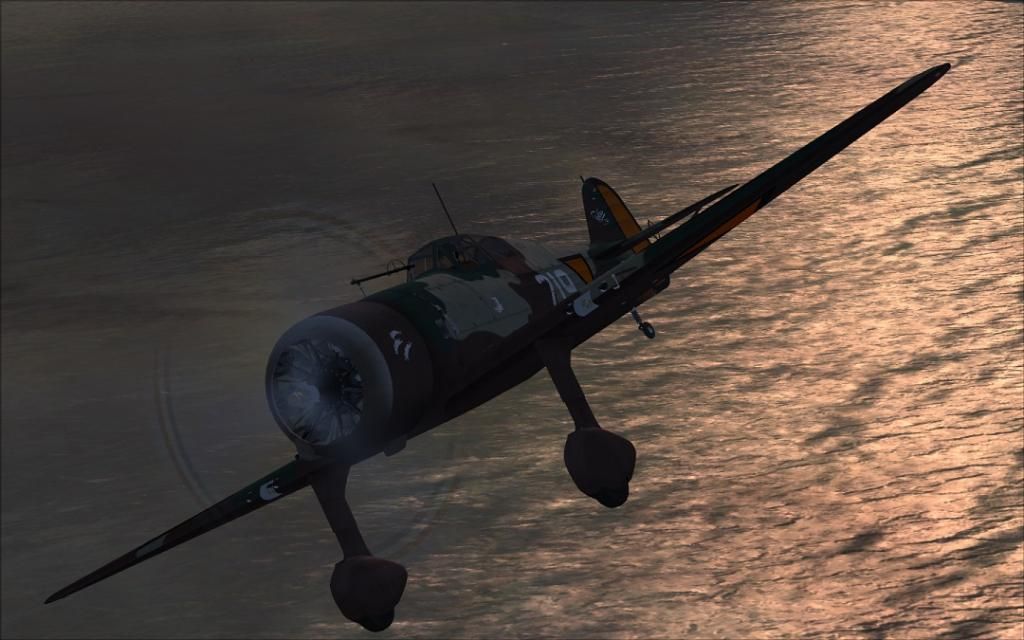
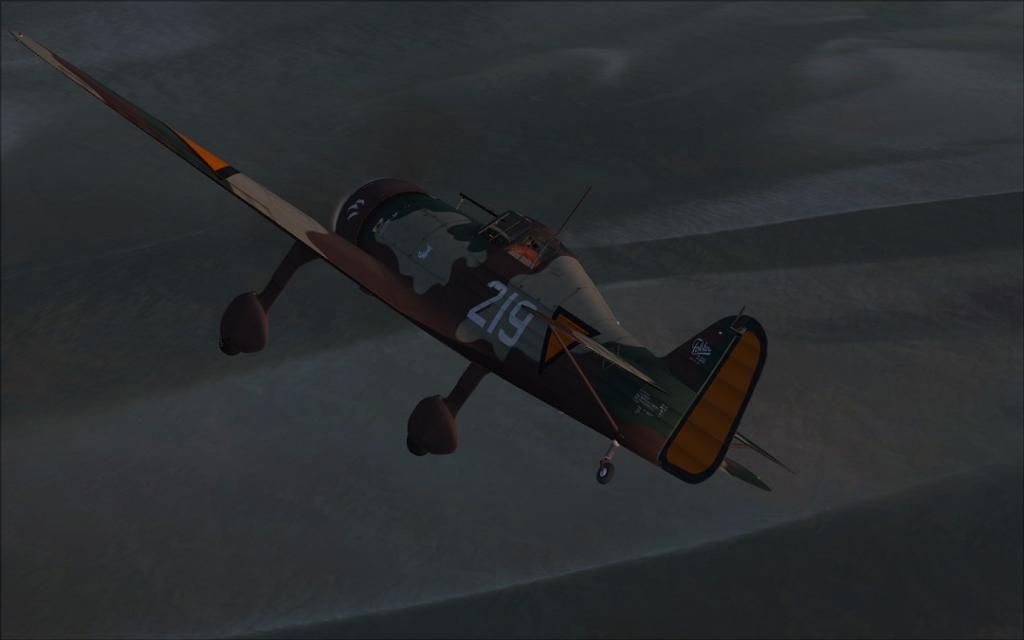
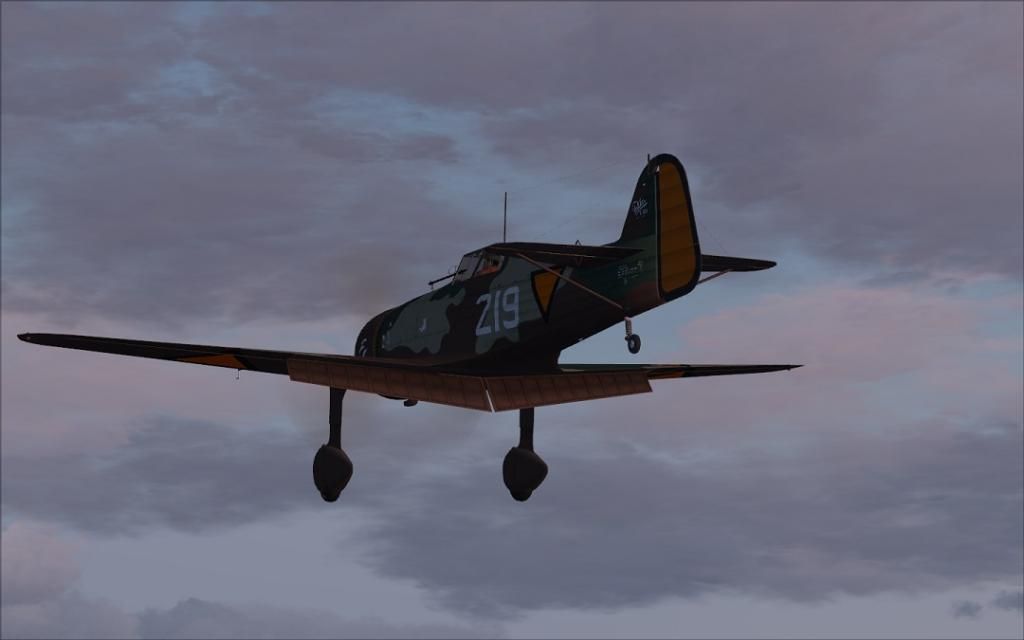
Of the many incidents Henk's contact with a Dornier Do.18 is worth mentioning. On 13 Spetember 1939, after a call that a Donier Do.18 had landed near the Dutch island "Schiermonnikoog" a patrol took off from Eelde to force it to stay at sea or to intercept. When the patrol of 3 aircraft saw the Dornier they fired in front of the aircraft to prevent it to take off. The Dornier set course back towards the Dutch coast, however when the D.XXI turned to return to their base the German aircraft tried to escape.
Now the patrol leader aimed at the Dornier and hit it. The aircraft was damaged and the crew had to leave it and rowed back to the Dutch coast.
Henk was patrol member but had not shot the Dornier. When the patrol returned at Eelde they found an angry radioman, who called the pilots killers. He told the surprised pilots they could easily have killed the Germans........
On 19 November 1939 Henk scored his first kill. He spotted a Heinkel He-111 above the Waddenzee on its way back to Germany. His patrol members didn't notice the aircraft so he attacked the aircraft alone. He followed the Heinkel, which tried to escape in the low clouds. By that time his patrol members had joined the fight as well. The Heinkel went down just over the Dutch-German border. Henk's aircraft got hit during this incident. And not only by German bullets as the engine was hit several time by his own patrol members......
To be continued....





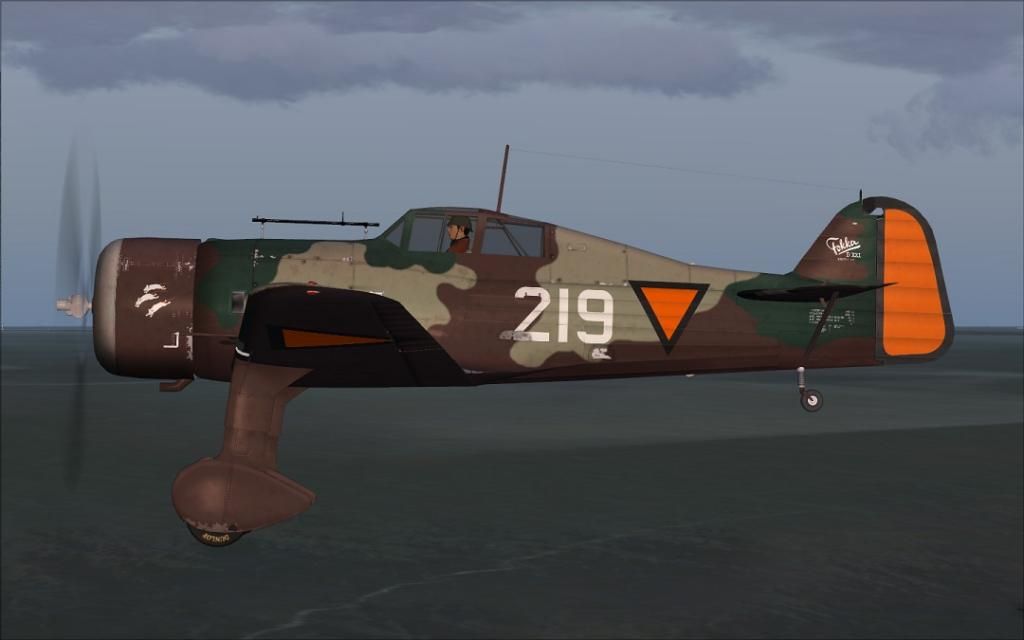


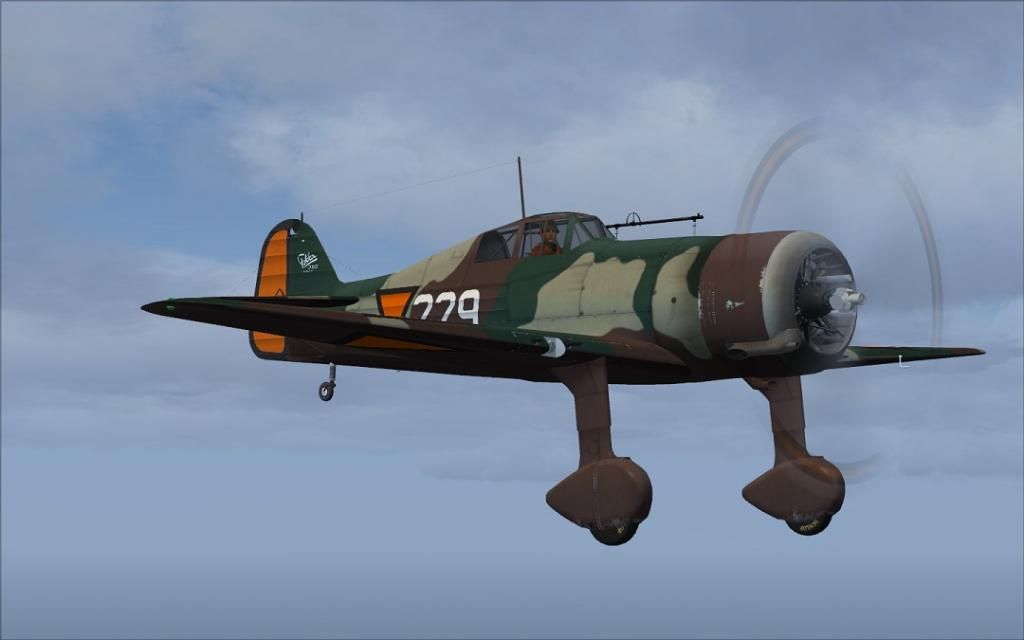
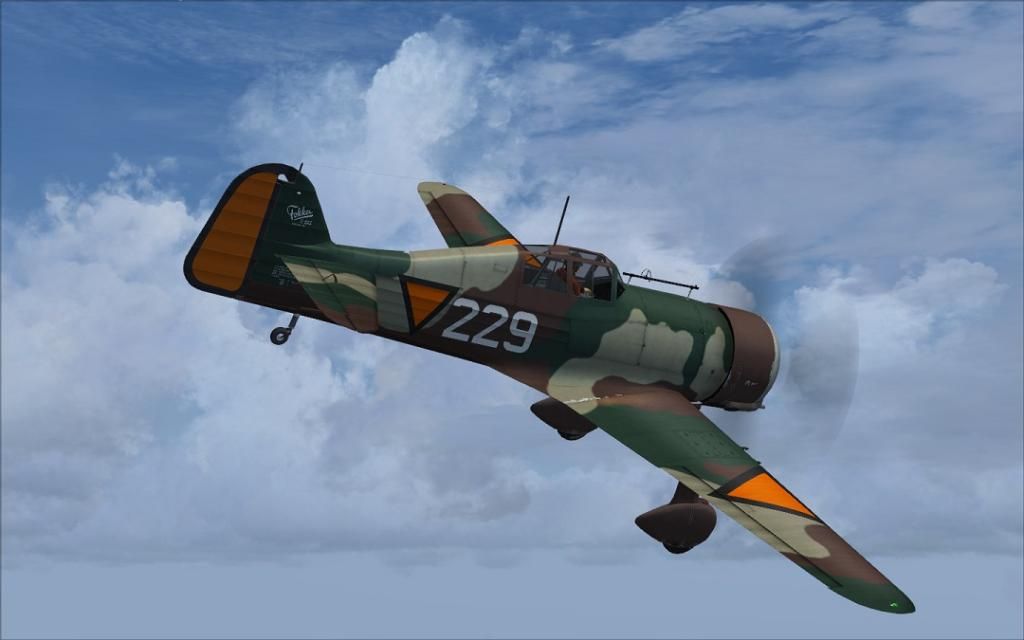

 )
)